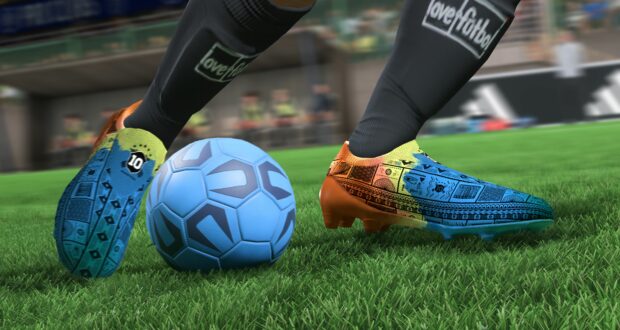If you’ve been playing FIFA over the years, chances are you’ve gained some insights into what strategies and tactics may work better than others.
You’ve probably learned that cross-passes break most defenses, that doubling the ball can lead to turnovers, and that your set pieces, like corner kicks, are great opportunities to score.
And if you’re wondering if FIFA can make you a better player in real life, and you want to try to apply those tactics in a real game, you’ll need to prepare yourself for a game in different ways.
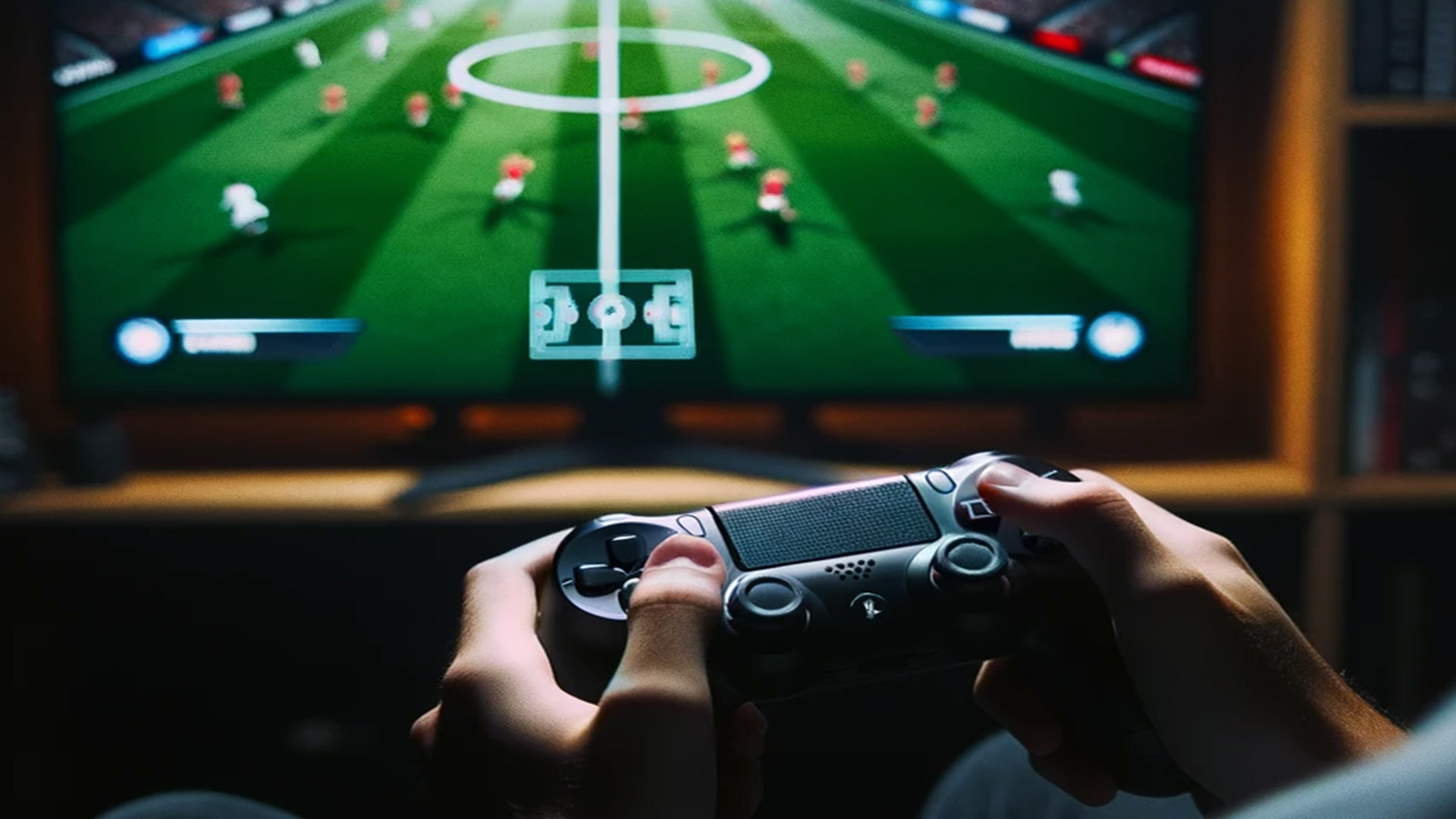
With a video game, you need your controller and choose whether you’re playing offline or online.
But, to play soccer (or football for the rest of the world), you must prepare yourself physically and mentally.
So, when it comes time to move from playing the game virtually to suiting up and stepping out on the pitch, being prepared in physical conditioning and with the right gear is crucial to playing safely and enjoying yourself.
Preparing To Play A Real Game
Once you decide to step out from behind the controller and onto the pitch, to put your best foot forward (excuse the pun) is to be prepared. Preparation is key to any activity, especially if you haven’t played in a while or are maybe not in great shape.
Tips To Prepare
- Learn the rules of soccer.
- Join a recreation league.
- Master the fundamentals.
- Understand the mental aspect of the game.
- Evaluate your conditioning level.
Learning the rules: FIFA is a video game, and FIFA, the governing body of association football, otherwise known as soccer or football, has a standard of rules that governs the game.
In a standard game, players are expected to wear the outfit and uniform, including a shirt, shorts, footwear, and shin guards.
The game is 90 minutes of play divided into two halves with a break period in between.
Teams are composed of 11 players, with one being a goalie. The goalie is the only player entitled to use their hands within a specified area.
Players are to dribble and pass the ball to score a goal on the opponent’s goal, and a foul is anything that is excessive physicality or prevents a player’s natural movements. A goal is scored when a ball is passed through the plane of the goal line.
There are rules about possession of the ball and retaining possession, such as a corner kick or throw-in as well.
Of course, to play a game, whether organized or a pick-up, there can be additional rules or modified playing rules such as fewer players, smaller pitches, etc.
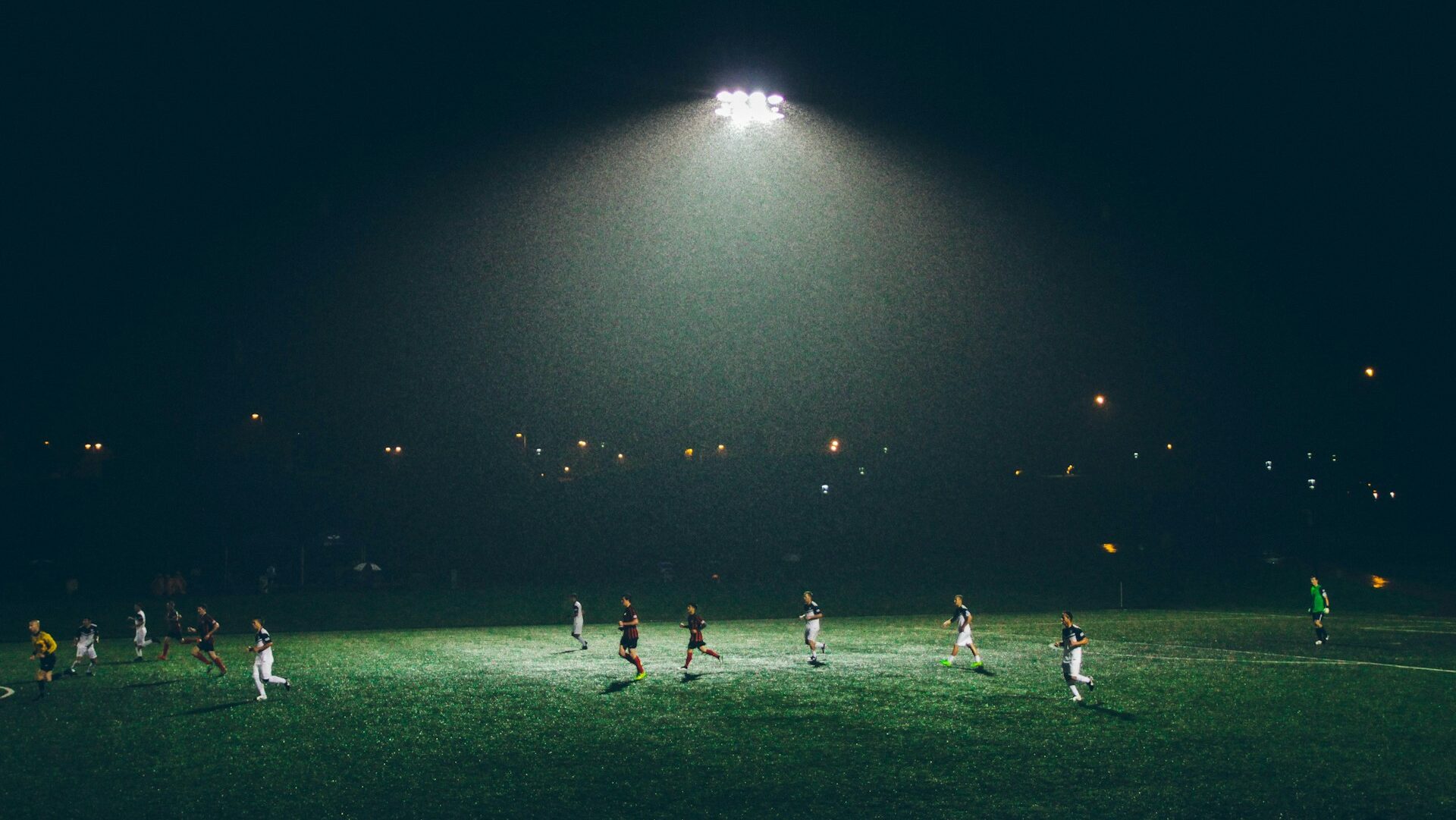
Image: Unsplash
Joining a recreation league: Look for adult rec leagues in your local area. Typically, you can join different levels of leagues and different types of programs. There may be age-related leagues, skill and experience levels, and outdoor and indoor leagues.
Check with your local rec departments, YMCAs, and other rec-oriented organizations for suggestions and guidance.
Master the fundamentals: While FIFA makes dancing around and dribbling through defenders easy, it can be much more complicated. Focus on drills that help you build the basics to have a foundation to play with some skill.
For example, being able to dribble with both feet, pass with both feet, pass and receive different types of passes for ball control, and run full speed and stop with ball control are great building blocks for playing the game effectively.
The game’s mental aspects: As you build your physical skill, think tactically about what you’ve learned from playing FIFA and how to apply it on the pitch.
Mastering the game’s mental aspects, from tactics to emotional regulation, is crucial to learning to play the game.
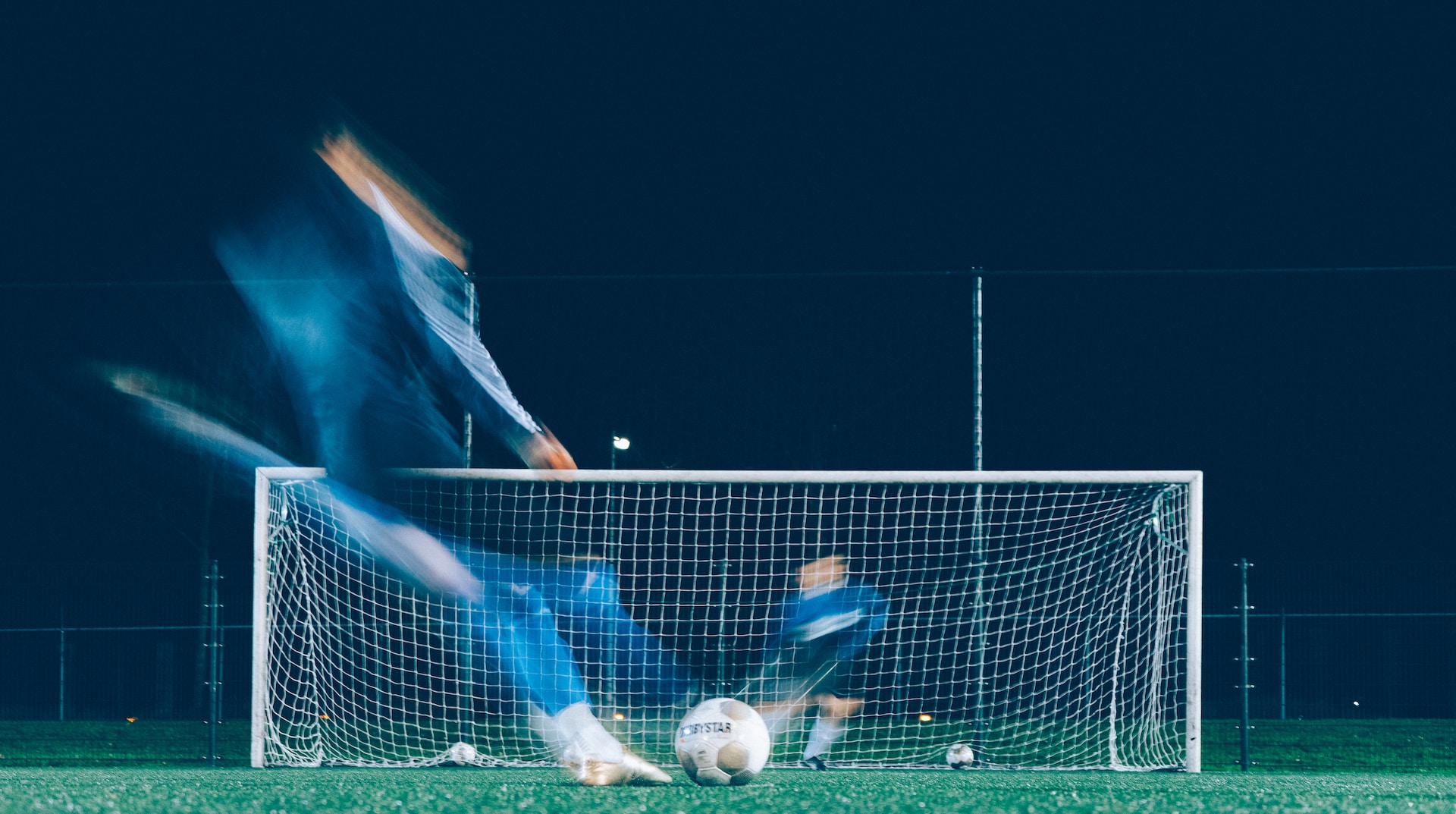
Image: Unsplash
Evaluate your conditioning: Finally, to enjoy a real soccer game, you need to know your fitness level. You’re probably not in top physical conditioning if you’ve been sedentary and only played esports or virtual games.
Doing too much of any activity too quickly can lead to fatigue and potential injury, so understanding your fitness levels will help you decide how intense and for how long you can play.
If you’re unsure about your fitness level, it’s better to start slowly and gradually build your endurance from there.
Ask more advanced players or people in better shape for suggestions about how to build your stamina and some conditioning drills you can perform to get in better shape safely.
The next step in preparing to play is ensuring you have the proper gear and equipment.
To play a real game of soccer, you’ll need the following gear:
- Cleats (If appropriate): To add traction on natural surfaces.
- Shin Guards: To protect your lower legs against kicks and cleat spikes.
- Comfortable, breathable clothing: Clothing should be loose and flexible.
- Prescription goggles for sports: These are essential if you have vision issues.
- Water bottle: Water is crucial to prevent injury and help regulate body temperature.
- Snacks: Post-game, you’ll want to refuel your energy. Protein bars and nuts are great ideas.
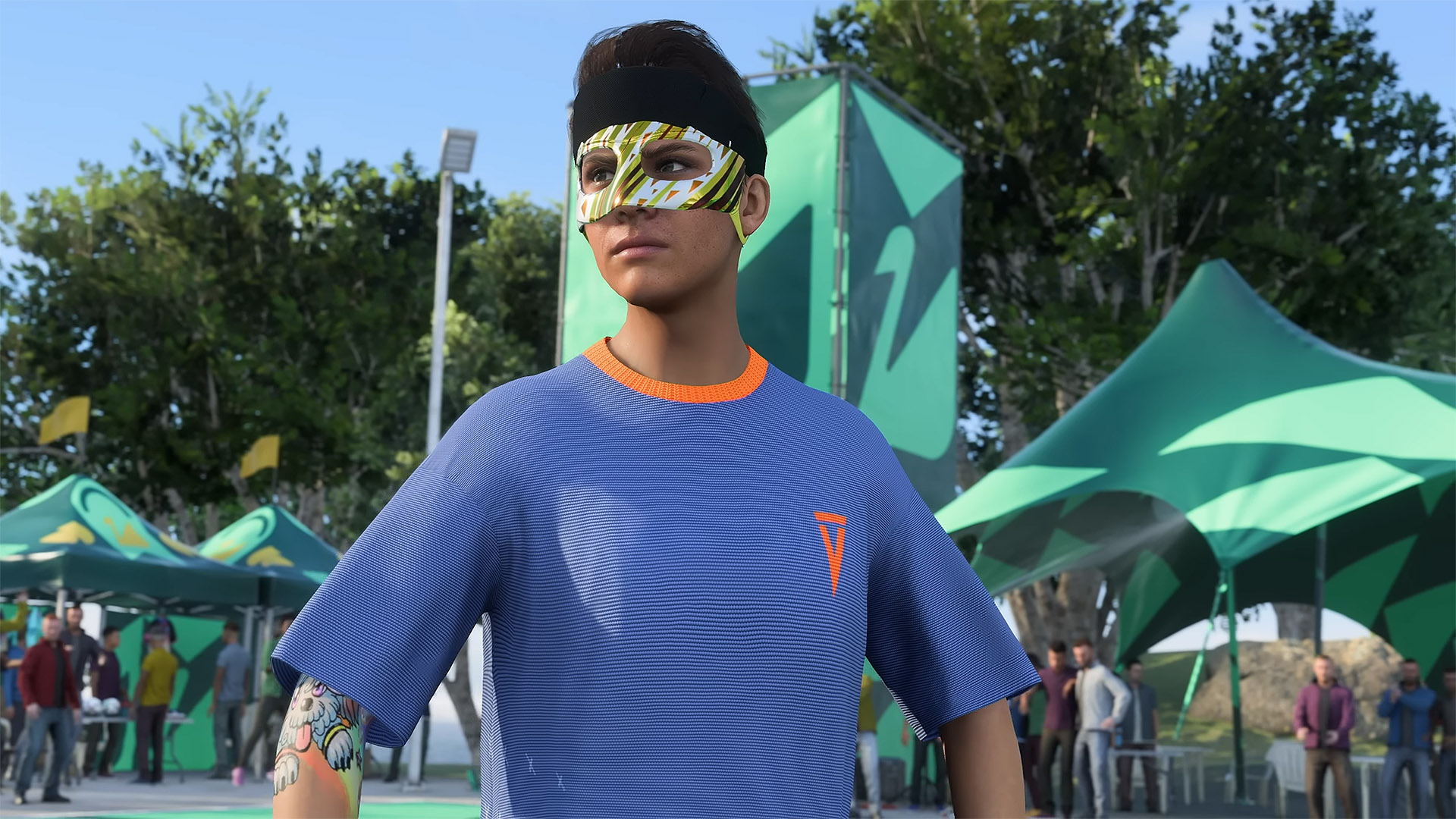
Image: EA SPORTS
Taking your FIFA video game skills and applying them to an actual game will take more than simply lacing up your boots and jumping in. You’ll need to prepare both for the physical and mental aspects of the game to play effectively and get the most enjoyment out of the experience.
 FIFA Infinity The Absolute FIFA Site
FIFA Infinity The Absolute FIFA Site
